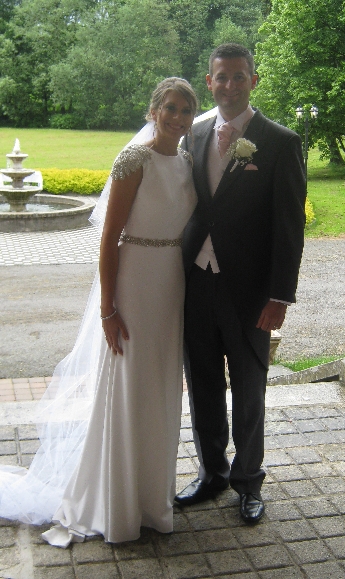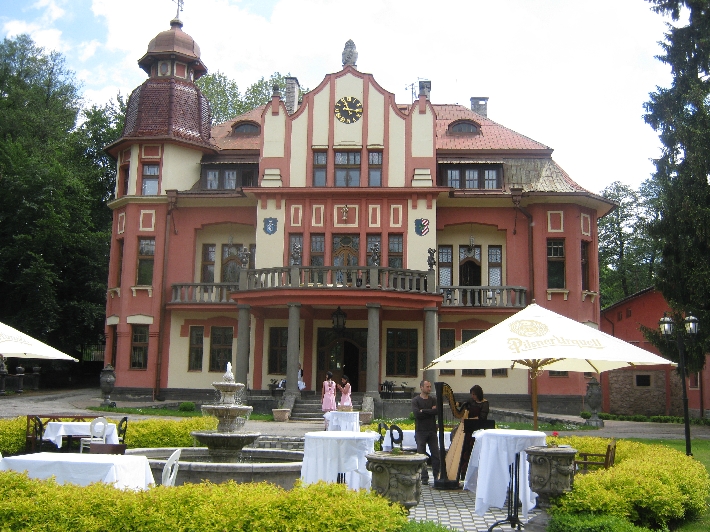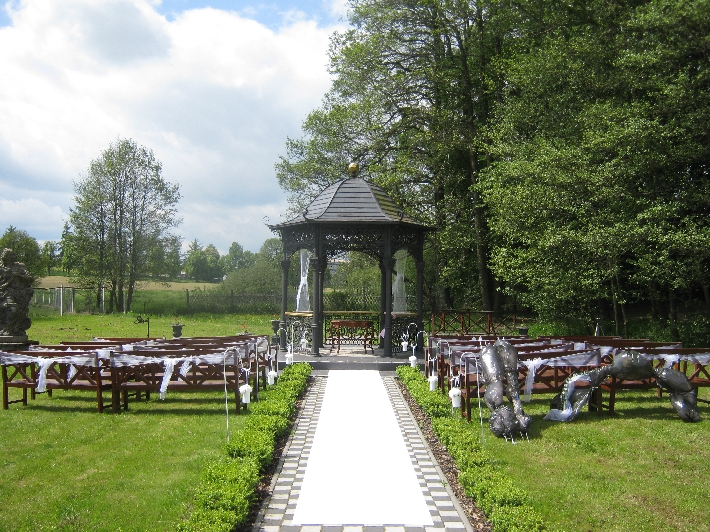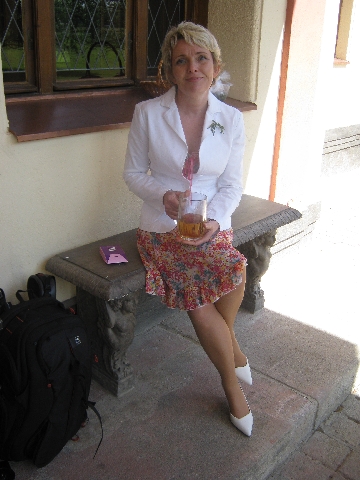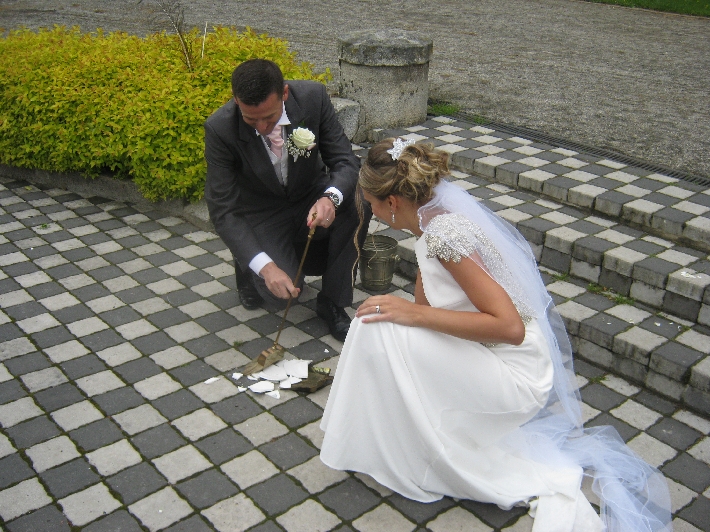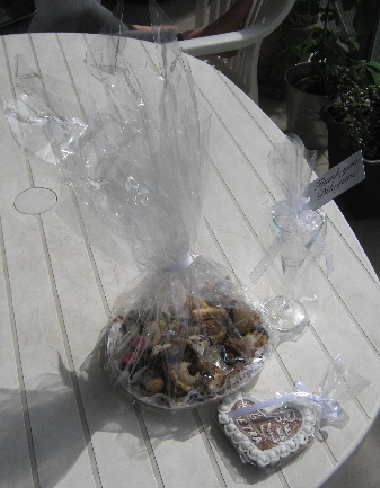
The Prague and Brno Anglican congregations of which I am Chaplain or Priest-in-Charge, are two of just over three hundred congregations that together form the Church of England’s Diocese in Europe. However for both legal and ecumenical reasons, my two congregations also function as as the English-speaking parish of the Old Catholic Church in the Czech Republic, or Farní obec Starokatolické církve pro verící anglického jazyka v Praze.
The Old Catholic Churches of the Union of Utrecht were formed in the late 19th century by Roman Catholics who could not accept the doctrine of papal infallibility and other teachings that came out of the First Vatican Council of 1870. The Church in the Netherlands has a slightly earlier history. As well as the Netherlands, there are Old Catholic Churches in Germany, Austria, Switzerland, Poland and the Czech Republic, together with a scattering of outposts elsewhere. More information can be found in this Wikipedia article and their own website . The Church of England and the wider Anglican Communion, have been in full communion with the Old Catholic Churches of the Union of Utrecht since the Bonn Agreement of 1931.
Once a year, the Bishops of the various Old Catholic Churches get together for a few days for their International Bishops Conference (IBK). The IBK is held in each different country by rotation. This year, it was once more the turn of the Czech Old Catholic Church to host the IBK. They previously did so in January 2009, the event being the subject of my first ever blog post nearly six and a half years ago.
As in 2009, following directly on after the IBK, there was a twenty-four hour meeting between the Old Catholic Bishops and those Anglican Bishops working in continental Europe. This took place between 14.00 on Friday 19th June until lunchtime on Saturday 20th. Back in February, I received a request from my Anglican Diocesan Bishop, Rt Rev’d Dr Robert Innes, for me to be the minute taker for this meeting. Apparently at some point since the January 2009 meeting, it was agreed that the Old Catholics would provide the interpreter whilst the Anglicans would provide the minute taker. Thus the lot fell on me 🙂
On the morning of Friday 19th June, I once more provided Episcopal Taxi Service, first of all picking up Bishop Robert from Prague Airport having flown in from Brussels, and delivering him to Hotel Kampa in Mala Strana, where the meeting was to take place. Then I returned to the airport to pick up Bishop David Hamid, Suffragan Bishop in Europe, flying in from London Heathrow. A combination of Bishop David’s flight arriving late and then me getting slightly confused in a maze of one-way streets, meant that we both arrived about fifteen minutes after the meeting was meant to begin. The whole experience was a good reminder as to why I don’t normally drive my car in the centre of Prague!
It being a private meeting, it is not my place to reveal here, the various matters that were discussed by the bishops other than the perennial issue of continental Europe being famously an area of ‘overlapping ecclesiastical jurisdiction’ 😉 I only really had two problems with minuting the meeting. One was on Saturday morning when both the German and the Swiss Old Catholic Bishops spoke in German rather than English. Trying to listen in one ear to the English translation of what was being said whilst also hearing the German, which I partly understood, made my task almost impossible. The other was frequently having to stop myself from joining in the discussion 🙂
Late on Friday afternoon, we all left the hotel and took the funicular railway to the top of Petrín Hill, in order to reach the Old Catholic Cathedral of Sv Vavrince. There Archbishop Joris Vercammen of Utrecht, celebrated the Eucharist with Bishop Robert as the preacher. Afterwards, we all duly posed for photographs.

An explanation as to who is who. From left to right: Petr Jan Vinš, Czech Old Catholic priest who interpreted from German and English into Czech. Bishop David Hamid, Anglican Suffragan Bishop in Europe. Bishop Matthias Ring, Bishop of the German Old Catholic Church. Bishop Dušan Hejbal, Bishop of the Czech Old Catholic Church. Bishop Pierre Whalon, Bishop in Charge of the Convocation of American Episcopal Churches in Europe. Archbishop Joris Vercammen of Utrecht, Dutch Old Catholic Church. Bishop Harald Rein, Bishop of the Swiss Old Catholic Church. Bishop Mike Klusmeyer, Bishop of West Virginia and the delegate of the Episcopal Church of the USA to the IBK. Andrzej Gontarek, representative of the Bishop of the Old Catholic Church in Poland who was too ill to attend. Bishop Carlos López-Lozano of the Spanish Episcopal Reformed Church. Bishop Dirk Schoon, Bishop of Haarlem, Dutch Old Catholic Church. Bishop John Okoro, Bishop of the Austrian Old Catholic Church. Bishop Robert Innes, Anglican Diocesan Bishop in Europe. Bishop Jorge Cabral of the Lusitanian Church – Portuguese Episcopal Church. Yours Truly. Petr Brzobohaty, Czech Old Catholic Deacon and Secretary to Bishop Dušan.




